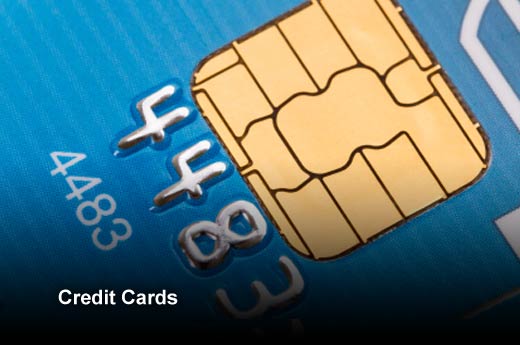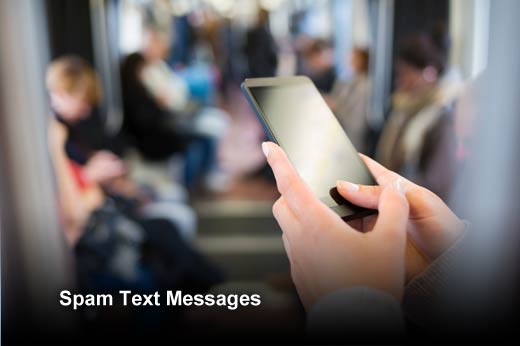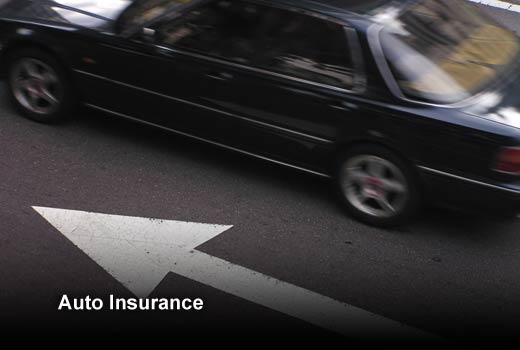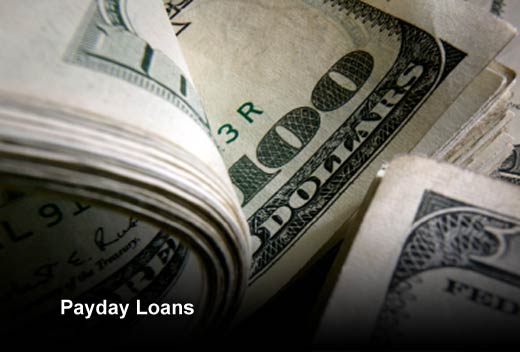Despite data breaches like the Sony hack dominating headlines, phone fraud is still a common way that criminals are lifting personal data from consumers. Each year, thousands of consumers and businesses lose money to scams conducted over the telephone. These scams can cost victims anything from a few dollars to their life savings. Attackers use a variety of social engineering and manipulation techniques to extort money and personal information from consumers over the phone.
Pindrop Security collected and analyzed consumer phone scam complaints during the first nine months of 2014 to understand the types of scams being conducted, their frequency and timing, and the methods and motives of phone fraudsters. This information provides a unique view into the risk facing consumers.
Pindrop Security expects that the trend of online and retail data breaches will only increase the amount of information available for phone scammers to use against victims, and that the number of phone scam complaints will continue to rise.
This slideshow features the top 10 phone scams of 2014, as identified by Pindrop Security.
2014’s Worst Phone Scams
Click through for the top 10 phone scams of 2014, as identified by Pindrop Security.
Credit Cards
Credit card scams account for 18.5 percent of all phone scams.
The number one phone scam clogging voicemail boxes across the nation has to do with companies that claim to offer victims reduced interest rates on credit card accounts. The calls often include high-pressure sales tactics, where the caller will ask the victim to pay a fee in exchange for negotiating the reduced rate. FTC investigators have found that people who pay for these services rarely get the advertised interest rate reductions and struggle to get refunds. To make matters worse, the callers may try to “confirm” personal and financial information, including existing credit card numbers, in order to “process” the rate reductions. Fraudsters can then use this information to steal a victim’s identity.
Home Security Systems
Home security systems scams account for 13.6 percent of all phone scams.
The home security systems scam is the most popular robocall phone scam that Pindrop tracks. Robocallers are automated calling systems – no human is on the line. Victims hear a recorded message offering a free home security system. Fraudsters often use scare tactics in the sales recording, mentioning a rash of burglaries or FBI crime warnings. The free security system is often attached to a pricey long-term system-monitoring contract and includes administrative fees. The Better Business Bureau periodically issues warnings about this scam.
Spam Text Messages
Spam text messages scams account for 8.2 percent of all phone scams.
The FTC reports that it receives tens of thousands of complaints each year about text-message-based scams. These scammers send text messages promising prizes if the victim calls the provided phone number or visits a certain website. Text message spam is a double threat. It can be used to get victims to reveal personal information and lead to unwanted phone charges or computer malware.
Free Cruise
Free cruise scams account for 7.5 percent of all phone scams.
In this scam, victims are told they have won a free cruise. This offer can come over the phone, text message, in the mail, or some combination of the three. Fraudsters use high-pressure sales tactics to get victims to give them their credit card information to pay for “tax” or other add-on charges. USA Today reports that in 2011, the Better Business Bureau fielded over 1,300 complaints regarding free cruise scams.
Government Grants
Government grant scams account for 7.4 percent of all phone scams.
In this scam, victims are told they have been selected to receive a government grant ranging from $5,000 to $25,000 simply for being a good citizen. In order to receive the grant money, victims must pay a “processing fee” of $150 to $700. Scammers ask for bank account information as well.
The Federal Council on Financial Assistance Reform (COFAR), which processes government grants, has issued warnings about this scam; noting that no government grant-making agency will make phone calls, nor send emails or letters to solicit money or personal banking information from a potential grant recipient.
Microsoft Tech Support
Microsoft tech support scams account for 6.6 percent of all phone scams.
This may be the most well-known phone scam on Pindrop Security’s list. Here, fraudsters tell victims that their computers have been infected with a virus. They ask for payment and remote computer access in order to “fix” the virus. These fraudsters misrepresent their companies and, in some cases, if granted access to a victim’s computer, they will install malware or tracking software often used to steal personal information. Victims are then charged for these “services.” Microsoft has issued an official statement on this scam, saying neither Microsoft nor any Microsoft partners make unsolicited phone calls to charge customers for computer security or software fixes.
Auto Insurance
Auto insurance scams account for 5.3 percent of all phone scams.
Scammers call victims to inform them that they are eligible for a lower car insurance rate. Victims are asked to confirm personal details in order to get the rate. Scammers walk away from the call with the victim’s insurance number, name, SSN and more, all of which is used for identity theft. Allstate, Geico and State Farm Insurance have all issued official warnings about this phone scam.
Payday Loans
Payday loan scams account for 5.2 percent of all phone scams.
This scam targets people who have applied for payday loans in the past. Fraudsters pose as debt collectors, telling victims that they have an old unpaid loan and must pay interest and late fees. Scammers may threaten to send police if victims do not pay them. These fraudsters can be very intimidating. Many have done their research and already know enough information about their victims to sound legitimate.
Fraudsters ask victims to pay by wire transfer, typically collecting thousands of dollars at a time. The Better Business Bureau warns consumers to always ask a debt collector to provide official documentation to substantiate a debt, and to file a complaint with the FTC if the caller is abusive.
Internal Revenue Service
IRS scams account for 5.0 percent of all phone scams.
The IRS phone scam has become a major problem in the past year, prompting multiple official warnings from the IRS. Fraudsters impersonate IRS agents, telling victims that they owe unpaid taxes and penalties. They ask for immediate payment and threaten victims with lawsuits and arrest if they do not pay. Fraudsters ask for payment through pre-loaded debit card, wire transfer, or over the phone. Often fraudsters may try to get personal information from victims as well. Taxpayers should know that the IRS never requests payment over the telephone and will not take enforcement action immediately following a phone conversation. The IRS always makes initial contact with a taxpayer through official correspondence sent through the mail.
Banks
Bank scams account for 4.6 percent of all phone scams.
Scammers will pretend to be calling from the victim’s bank, saying their account has been locked or a hold has been placed on their debit card. Victims are asked to “verify” personal account information. This is another vishing scheme designed to get bank account numbers, card numbers, PIN numbers, and more. The Better Business Bureau advises consumers to call their bank directly if they get a call like this.













